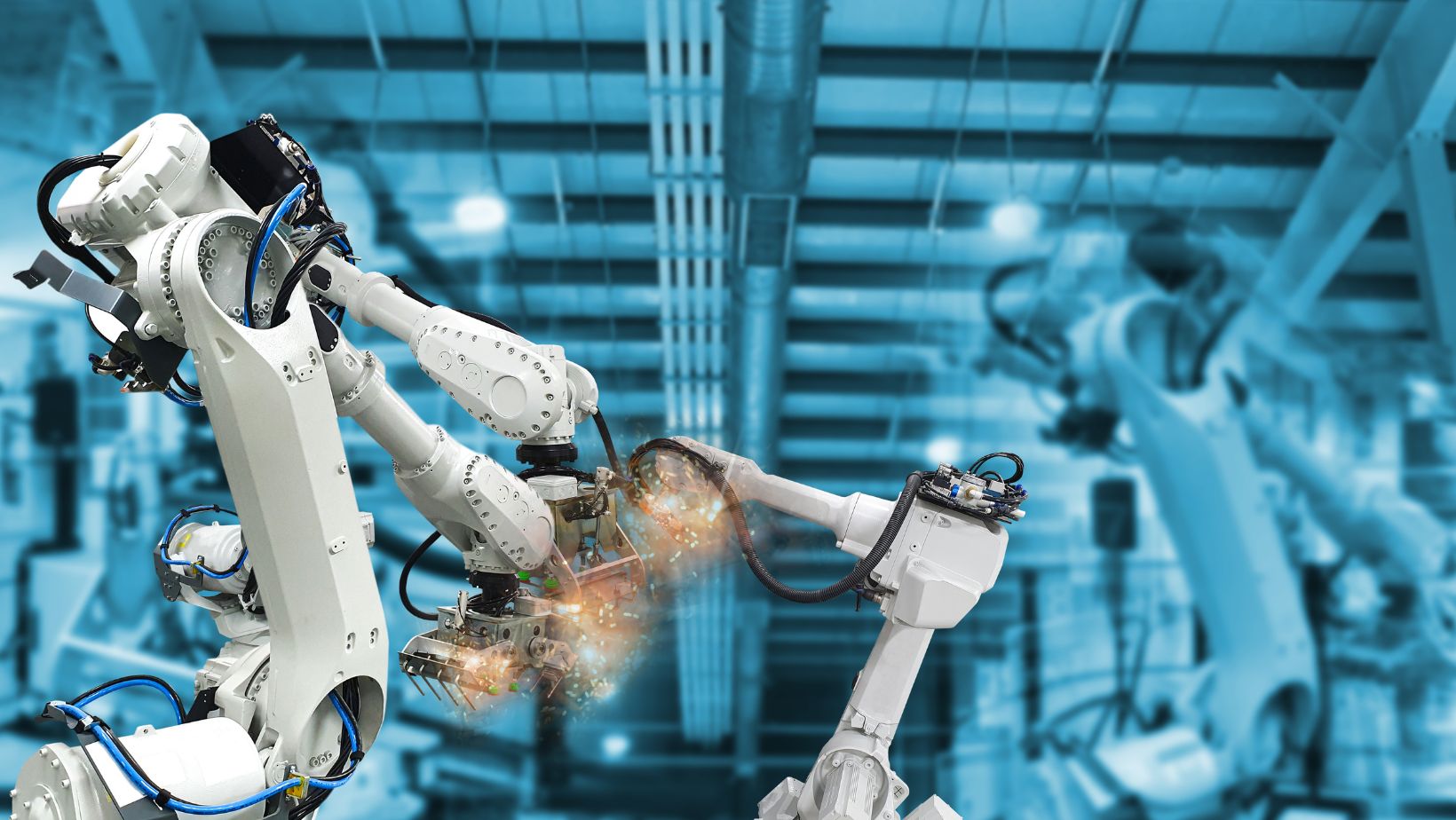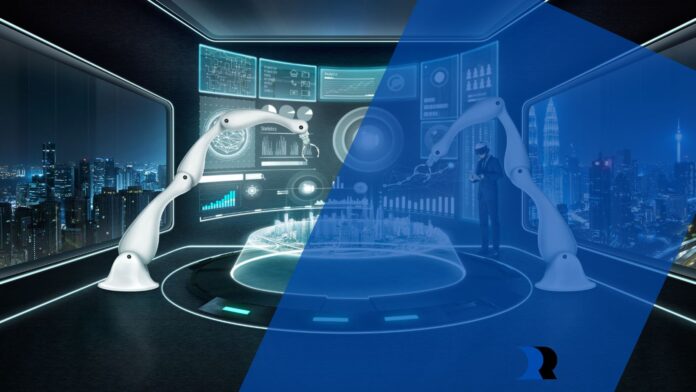In the rapidly evolving world of biotechnology, the pressure on lab managers and researchers to deliver results faster, more accurately, and more efficiently has never been higher.
Enter Flow Robotics – a game-changer in the realm of laboratory automation that promises to revolutionize how we approach laboratory workflows.
Understanding Flow Robotics
Flow Robotics is at the forefront of designing and implementing intelligent automation solutions tailored for laboratories.

By harnessing the power of robotics, these systems can handle a variety of tasks that were traditionally performed manually, from pipetting and liquid handling to more complex sample preparation processes. The implications for lab efficiency, accuracy, and throughput are profound, offering a new paradigm for biotech research and development.
The Need For Automation In Modern Labs
Modern laboratories are centers of innovation but are often bogged down by repetitive, time-consuming tasks that can lead to bottlenecks in the research process. Manual operations not only slow down productivity but also introduce the risk of human error, which can compromise the integrity of results. This is where Flow Robotics steps in – by automating these routine processes, labs can achieve a new level of efficiency and reliability.
The Role Of Flow Robotics In Enhancing Lab Operations
Flow Robotics systems are designed with flexibility and ease of use in mind, making them accessible to a wide range of laboratory settings, from academic research institutions to commercial biotech companies. Here are some ways in which Flow Robotics is transforming lab operations:
- Increased productivity: Automation allows for continuous operation, even outside of regular working hours, significantly increasing the output of laboratories.
- Precision and accuracy: Robotic systems are capable of executing tasks with a level of precision that far exceeds human capabilities, reducing the risk of errors.
- Reproducibility: With standardized protocols, experiments run by robotic systems are easily reproducible, ensuring consistent results across multiple runs.
- Optimized resource use: Automation minimizes the consumption of valuable reagents and samples, contributing to cost savings and environmental sustainability.
- Enhanced safety: By automating hazardous tasks, Flow Robotics systems reduce the risk of exposure to dangerous substances, promoting a safer working environment.
Implementation And Integration
Integrating Flow Robotics into existing laboratory workflows is a streamlined process, thanks to the systems’ modular design and intuitive interfaces. Labs can start with automating a single process and gradually expand to more comprehensive automation solutions.

Flow Robotics offers extensive support and training, ensuring a smooth transition and maximizing the benefits of automation.
The Impact Of Flow Robotics On Biotech Research
The adoption of Flow Robotics technology has the potential to significantly accelerate biotech research, enabling faster development of new drugs, more rapid disease diagnosis, and groundbreaking scientific discoveries. Automation frees up researchers to focus on the creative and analytical aspects of their work, fostering innovation and advancing the frontiers of science.
Case Studies And Success Stories
Numerous laboratories around the globe have already experienced the transformative effects of Flow Robotics. For instance, a leading pharmaceutical company reported a 50% reduction in time spent on sample preparation, along with a noticeable improvement in data consistency, after implementing a Flow Robotics system for their high-throughput screening process.
Looking To The Future
As technology continues to advance, the capabilities of Flow Robotics will expand, opening up new possibilities for automation in the laboratory.
Future developments may include enhanced artificial intelligence algorithms for more autonomous decision-making and integration with other digital tools and platforms, further streamlining lab operations and data management.
Conclusion
For lab managers and biotech researchers seeking to push the boundaries of what’s possible, Flow Robotics represents a powerful ally. By automating routine tasks, these innovative systems enable labs to operate more efficiently, accurately, and safely, allowing scientists to devote their energies to the high-impact work that drives progress in the field.
In a world where the pace of scientific discovery is constantly accelerating, Flow Robotics stands out as a key enabler of the next generation of breakthroughs. Whether you’re looking to optimize existing processes or revolutionize your laboratory’s capabilities, Flow Robotics offers the tools and support you need to achieve your goals.
Adopting Flow Robotics is not just an investment in technology – it’s a commitment to the future of biotech research. By leveraging the power of automation, laboratories can unlock new levels of productivity and innovation, paving the way for a brighter, more efficient, and more exciting future in science.
For lab managers and researchers on the cutting edge, Flow Robotics isn’t just a solution; it’s the future. Explore how automation can transform your laboratory’s workflow and unlock unprecedented levels of efficiency and accuracy. The era of lab automation is here – are you ready to be part of the revolution?


